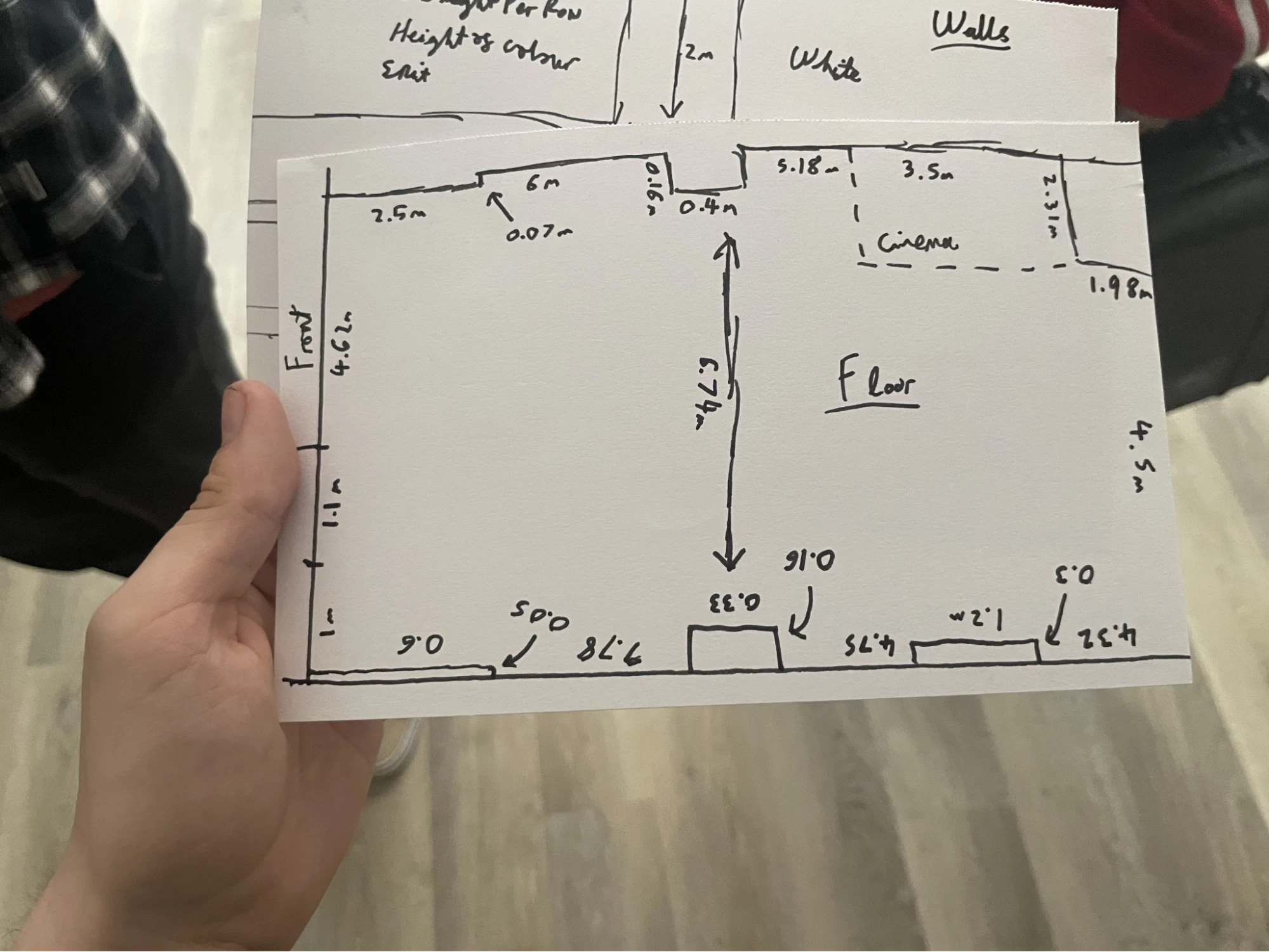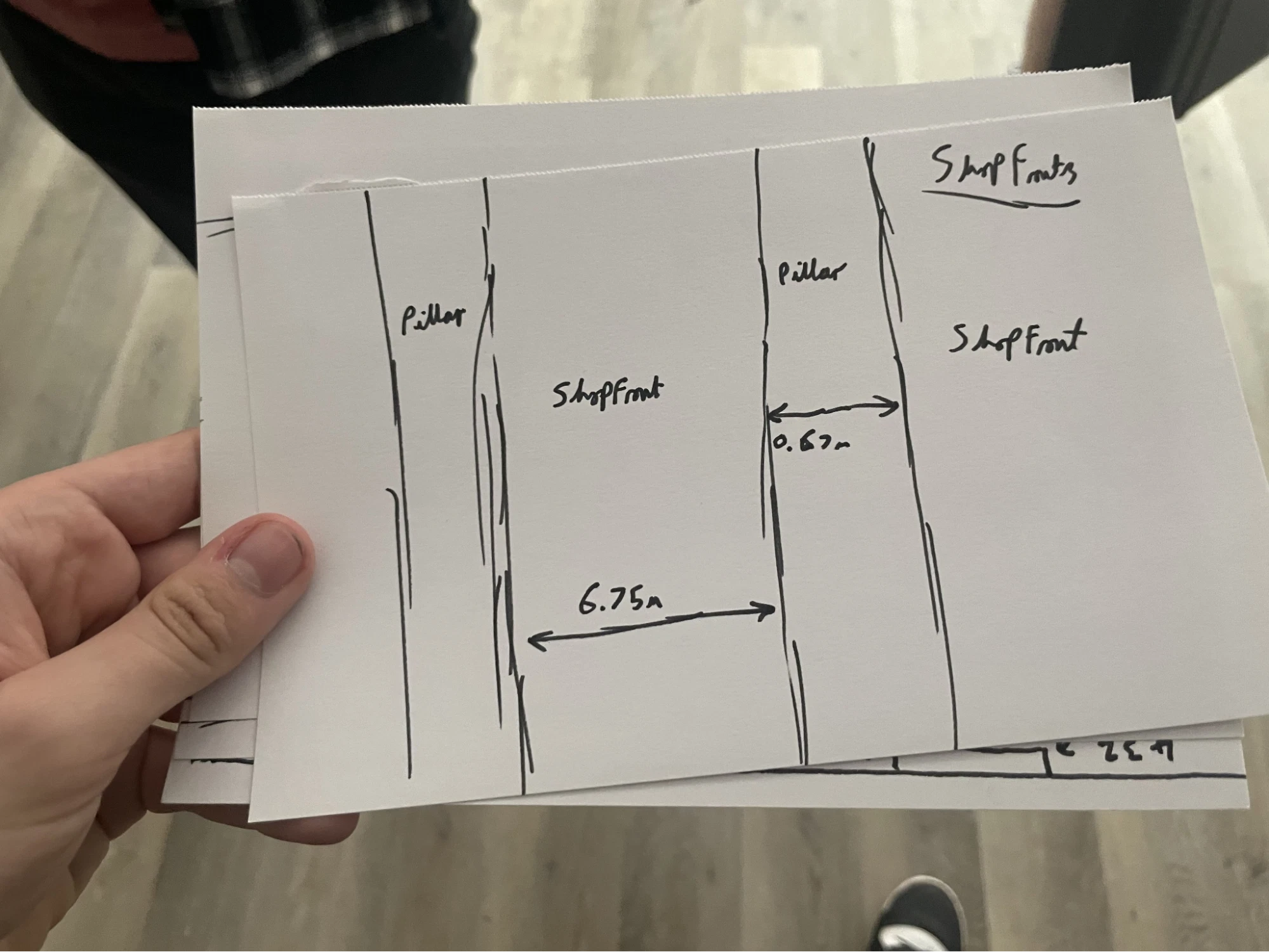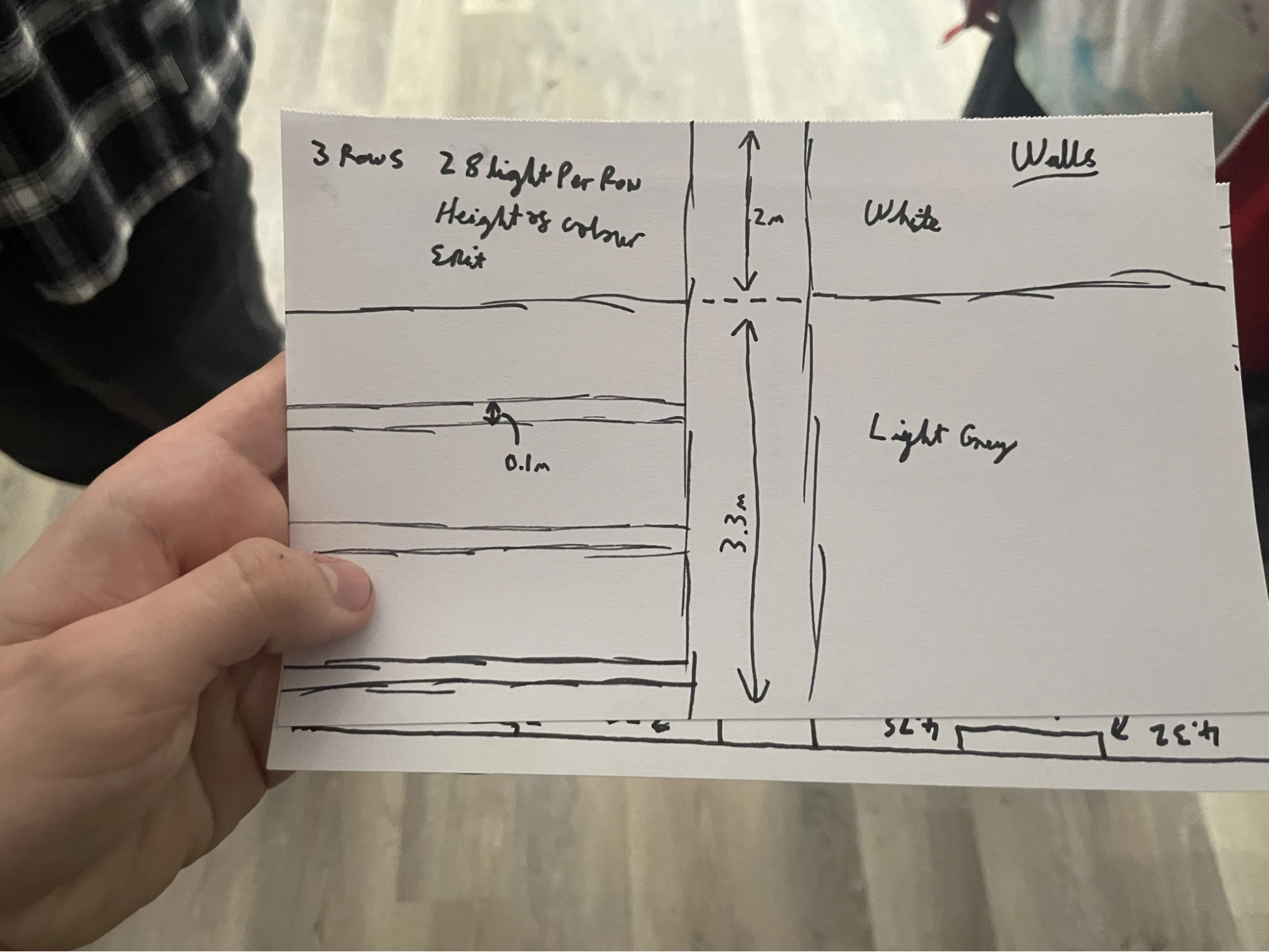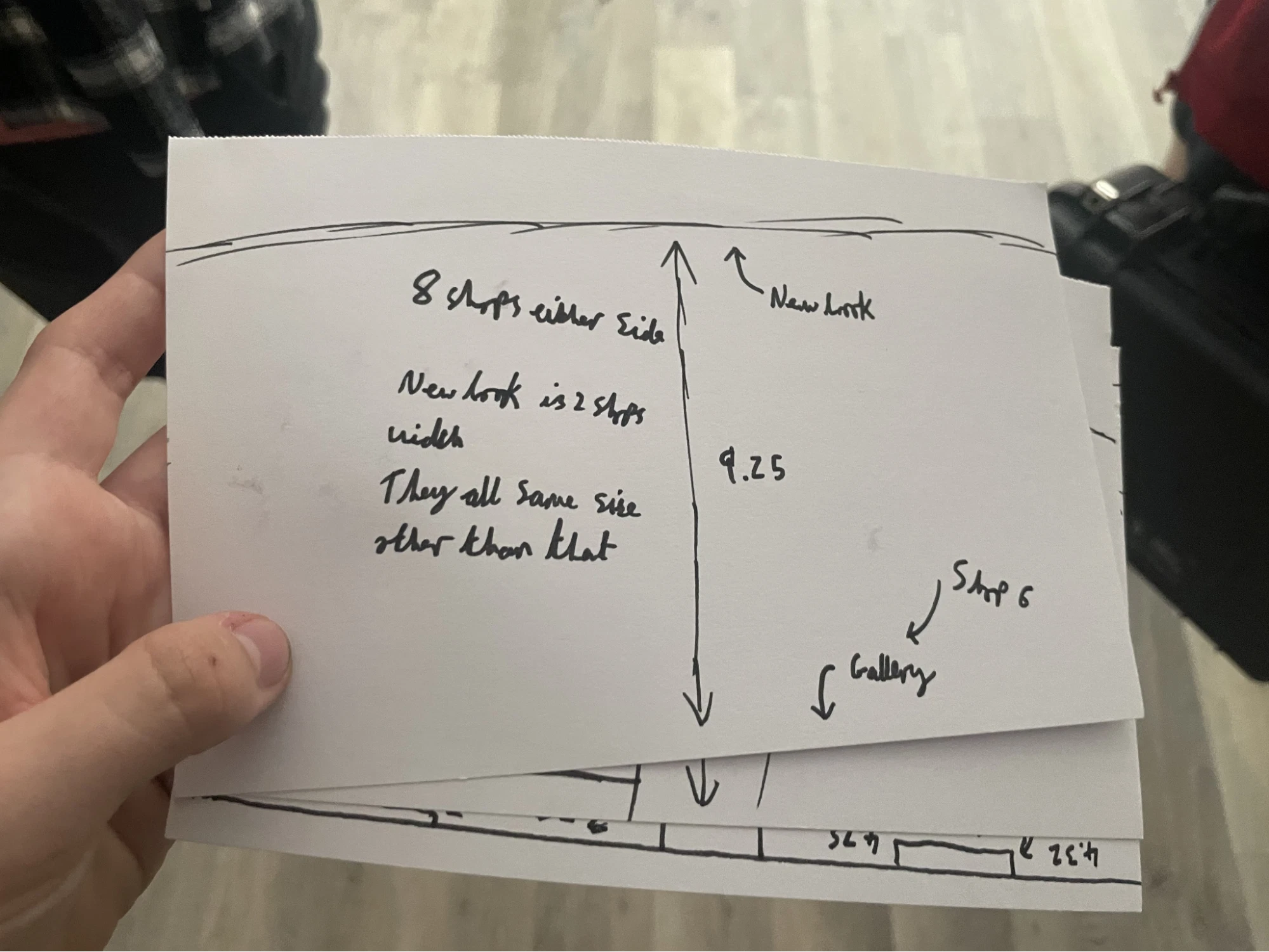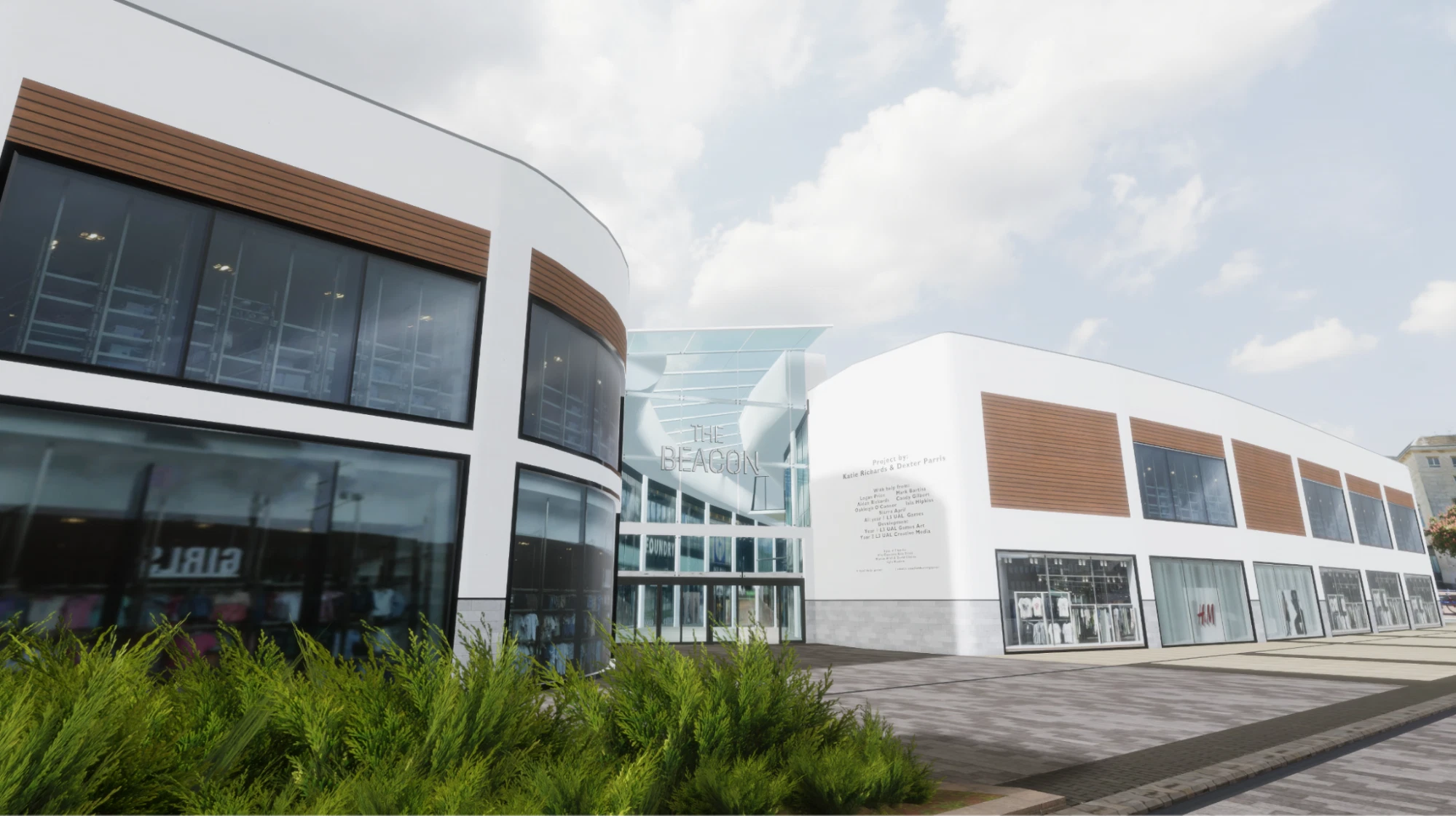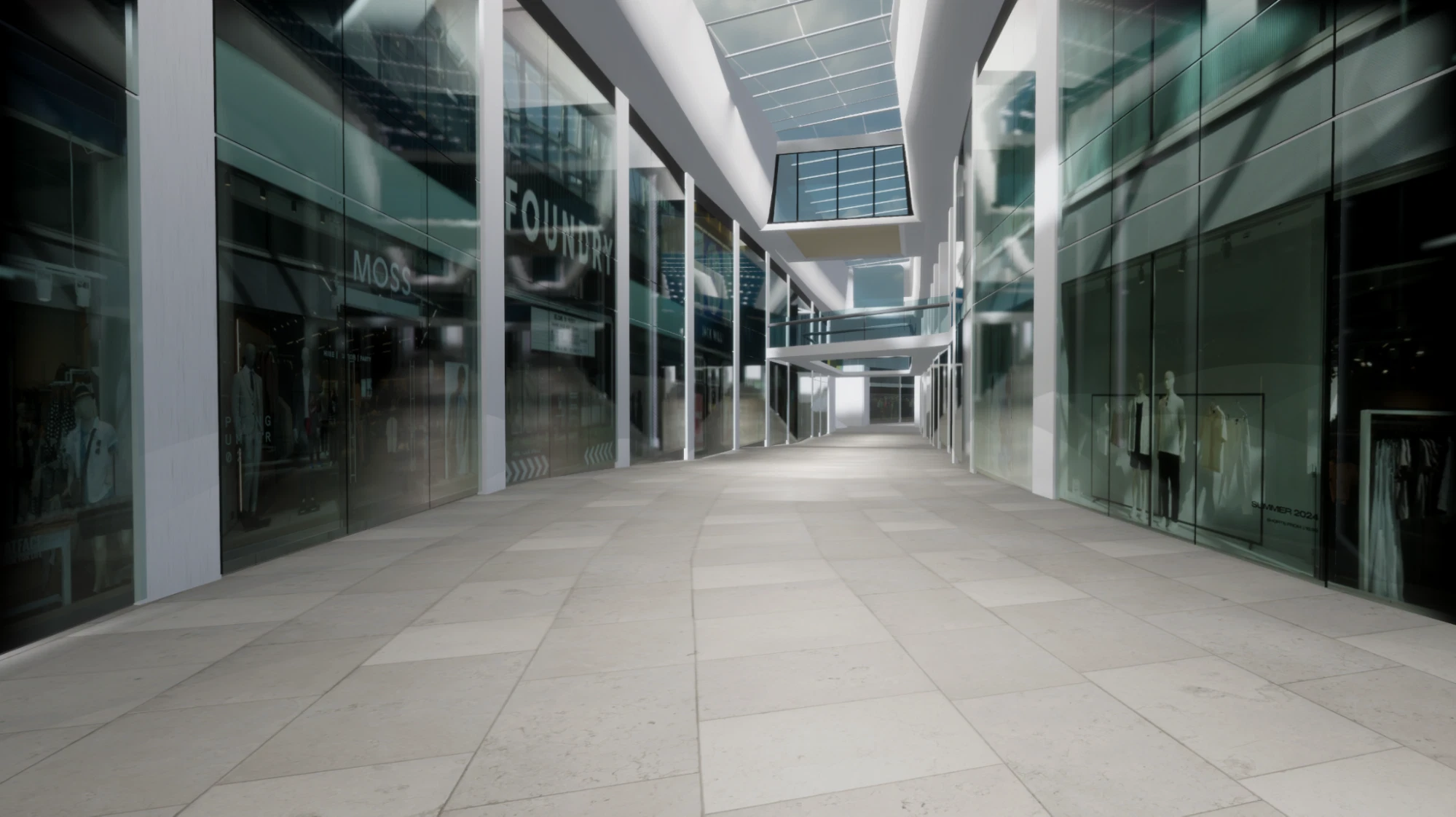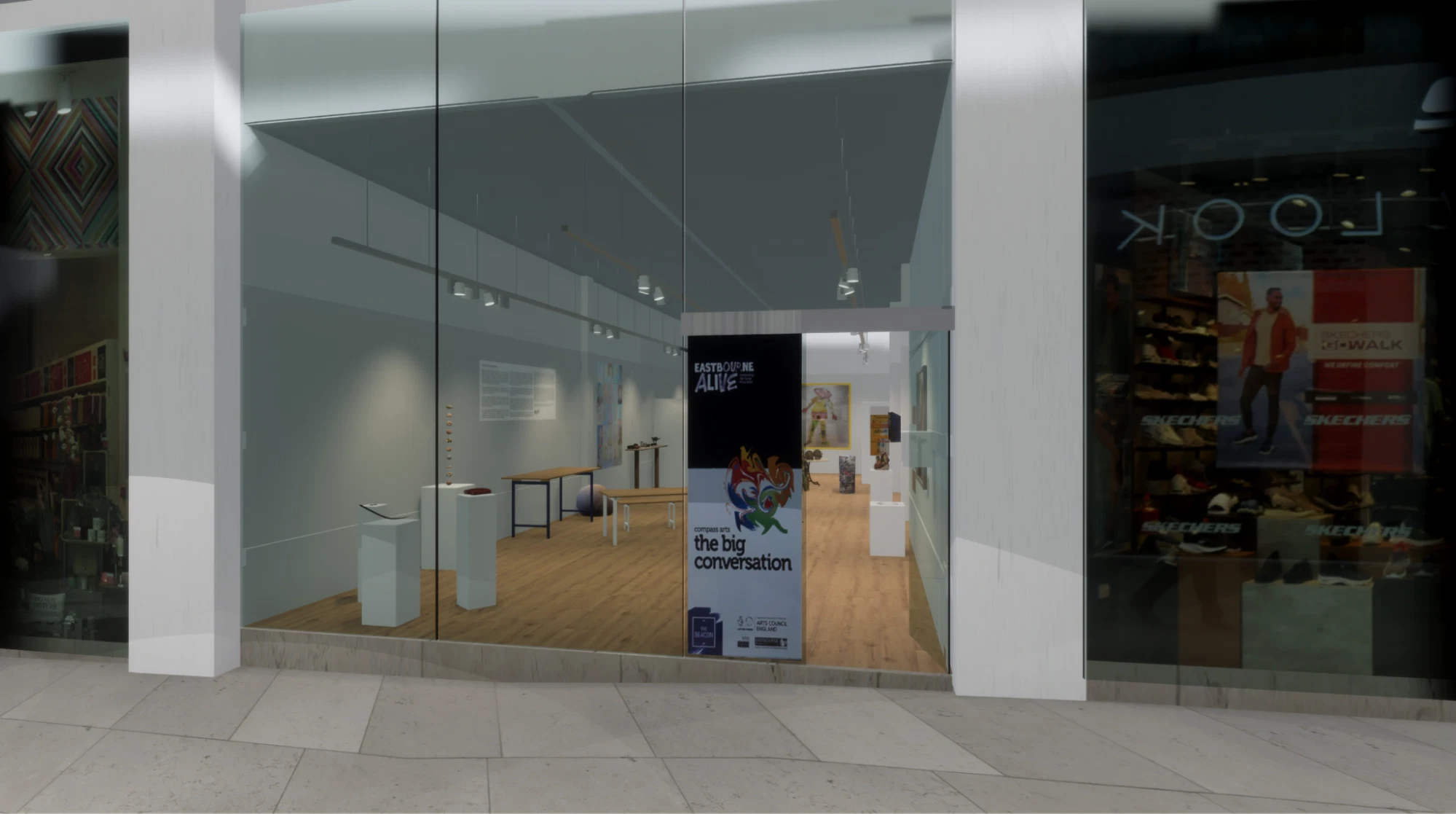In early 2024 ESCG reached out to me and Dexter Parris to organise a project with Compass Arts. They wanted a version of the current installation by Compass Arts in Eastbourne digitised with photogrammetry, and would be giving us a group of students to work with to get the job done.
The Plan
Since ESCG wanted us to use software the students were familiar with, we decided to make the interactive experience in the Unity engine. This allows for a high level of graphical fidelity and versatility with the equipment we had available to us at the time.
Dexter and I both have previous experience with photogrammetry and digitising large spaces as we had previously done the model of the college campus which is what had gotten us this position in the first place. So we decided to follow a fairly similar process to what we undertook then. The only issue with this is that in total we only had around 2 months to develop the project which is considerably less than the 6 months the college took to digitise.
The process
Initial Setup
The first thing we did was meet with the college to organise what hardware we would have access to and who we could get to help us. We were given our own classroom, computers, and access to a photography studio with cameras. This studio was later outfitted by us to be suitable for our photogrammetry process.
Prior to us meeting up with the college a group of digital media students had taken a large volume of photographs of the space and artworks so that we had an idea of what we were working with. This allowed me to start developing a process and solution in Unity before we had even been in the space
This screenshot is a small demo i made to experiment with Unitys lighting system and to show to the team at Compass an idea of what we would be making.
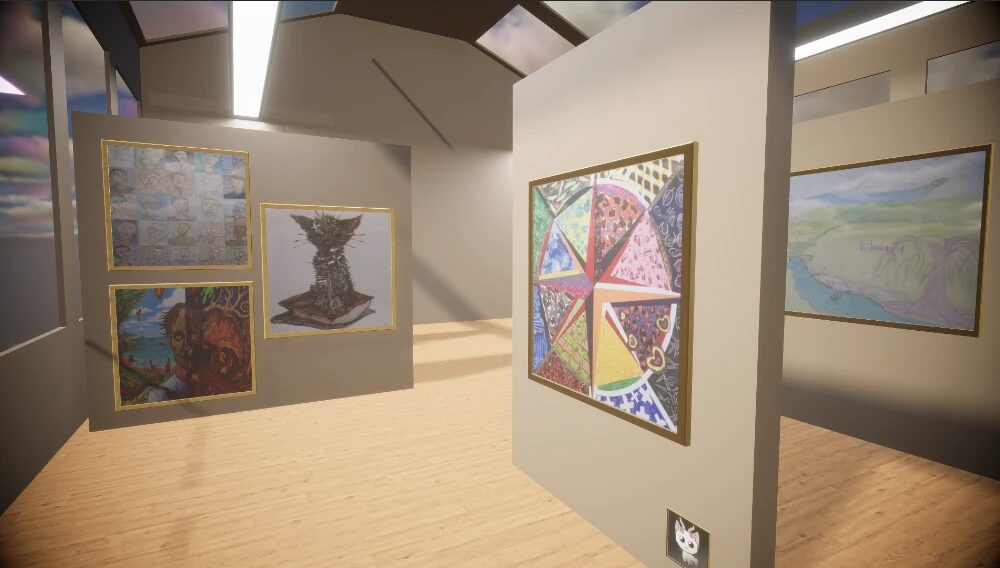
Visiting Compass
Next Dexter, Kyle and I all were taken to Compass Arts to meet up with Fenya Sharkley who is the director of Compass. We were taken to meet with their artists along with having some time in the space we would be digitising.
While we were there we filmed and photographed all of the areas we would be digitising along with taking measurements and creating a map of the space similar to how we did with the College Model.
We also came to an agreement with Compass to transport the three dimensional art pieces to the college to be digitised with a photogrammetry process.
Photogrammetry
One of the big time sinks with a project like this is hand modelling the complex geometry of various art pieces. We knew from the beginning that we wouldnt have time to undertake that process so had decided on a photogrammetry solution instead. This process involves taking thousands of photos in a photogrammetry studio which we setup on the college campus

We set up various lighting rigs to ensure even smooth lighting of the pieces we were digitising and then took hundreds of photos while rotating the art piece to make sure all areas were covered. Dexter then took these photos into a program called Reality Capture which stitches them into a textured 3d mesh
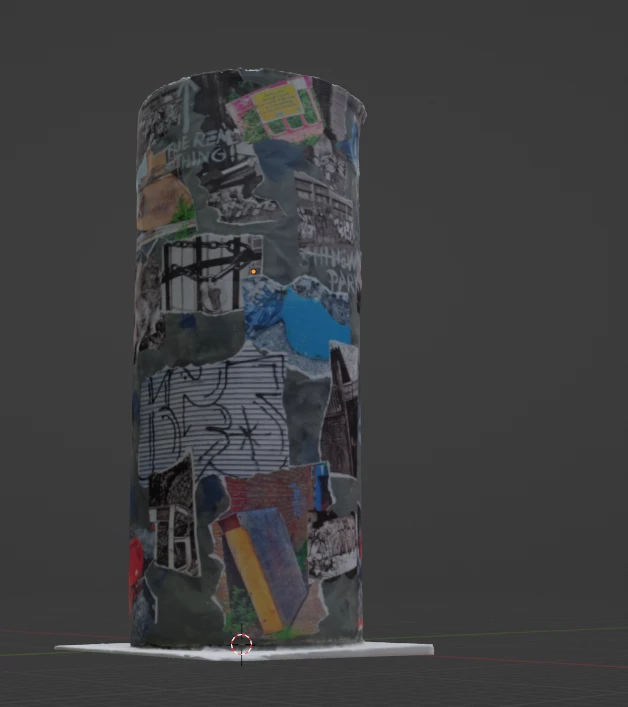
This process was further developed after this test model to integrate a turn table which was borrowed from the nearby pottery studio along with some white panels which we took from the DT class.
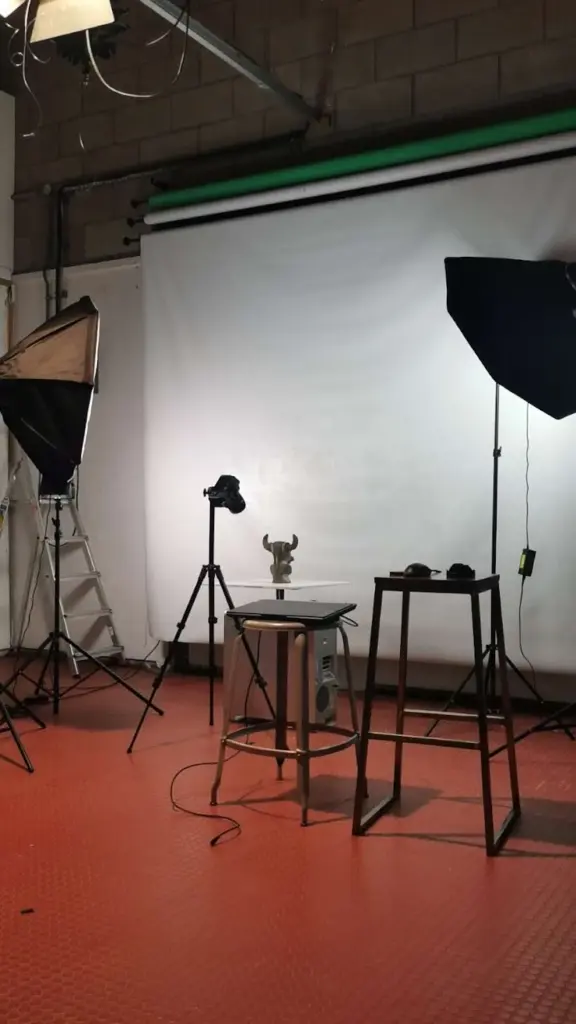
This allowed us to smoothly rotate a piece getting consistent photos all round it leading to faster and better results. It still took upwards of an hour to hand rotate and photograph each model which under the heat of the studio lights was extremely taxing but Dexter and I managed to get them all done after around 2 weeks of work.
As you can see this produced extremely high quality models which in some cases were barely indistinguishable from the real things
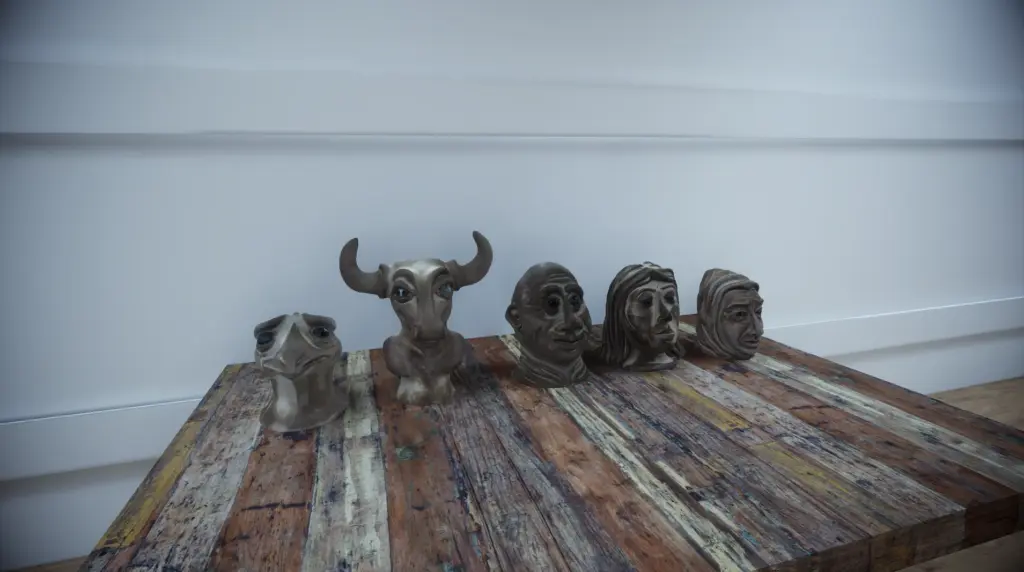
Modelling the space
While doing the photogrammetry in working hours when the college was open we were also at work digitising the studio and its surrounding area
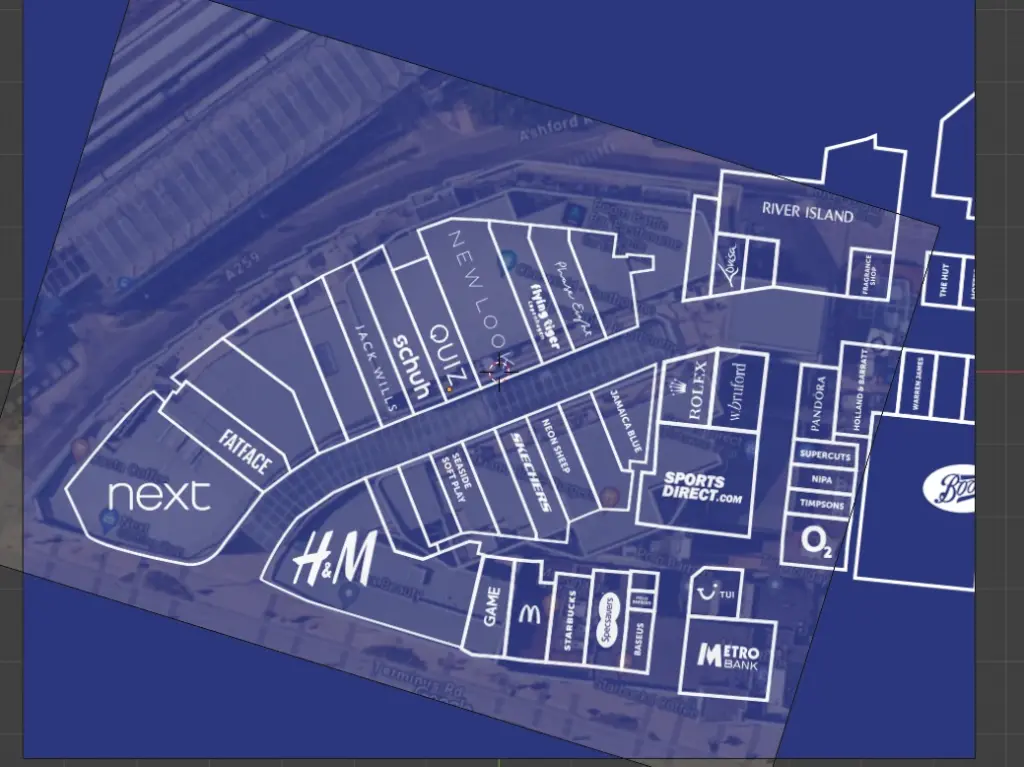
I hand modelled the studio space using the measurements and references I had and then matched the lighting and materials the best I could in Unity to make it as accurate as possible. The end results of this were incredibly impressive and I still think this model is one of the most detailed things ive ever seen made in Unity. This is usually a space where Unreal Engine is much more prevalent due to its ease of use. However it is nice to prove that there are alternatives for photorealism and Unity is actually capable of doing it.
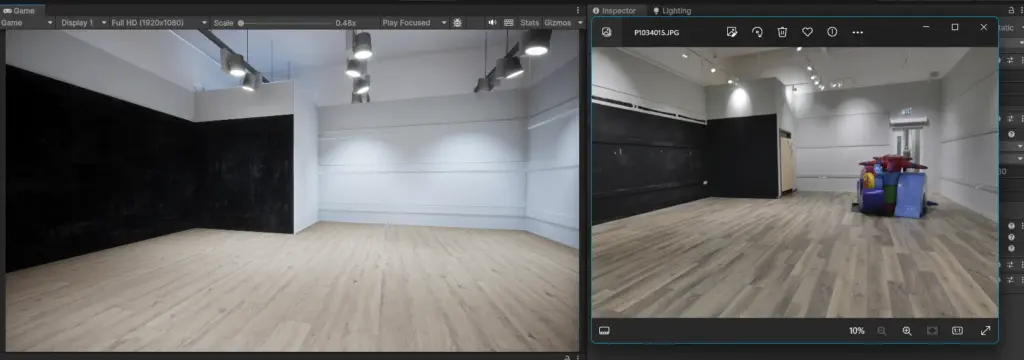
Whilst i was sorting out the inside and the Unity setup Dexter was modelling the shopping center which the studio was situated in along with the outside and entrance to it
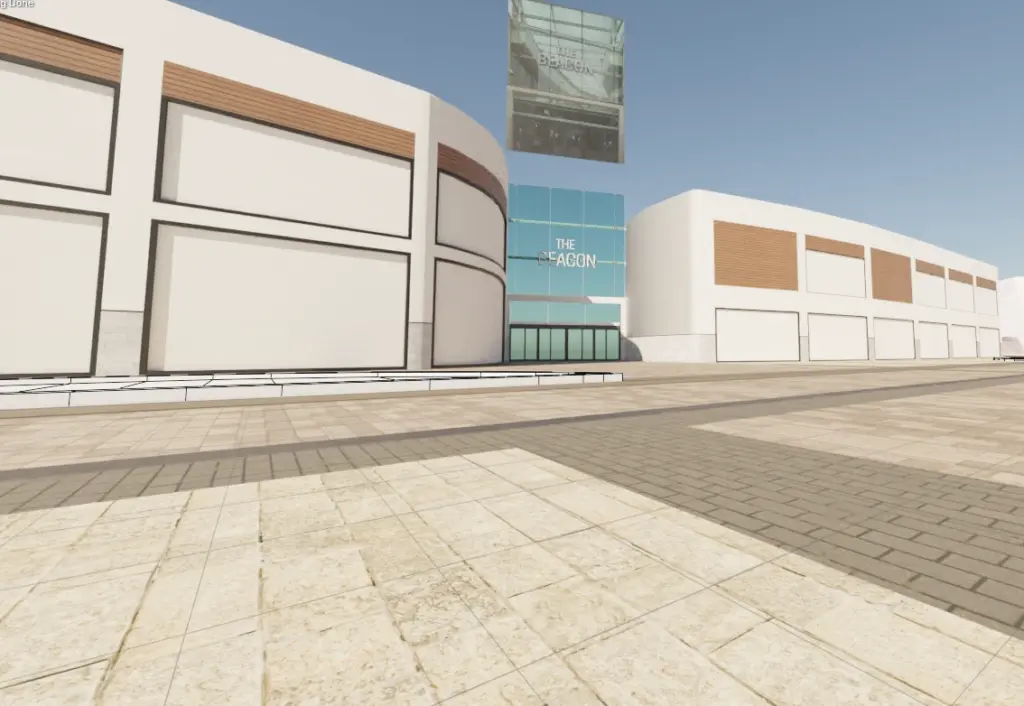
Its worth noting he did all this with almost 0 references as the Beacon wouldnt give us any, and had to find the councils planning for the shopping center and the businesses situated on it
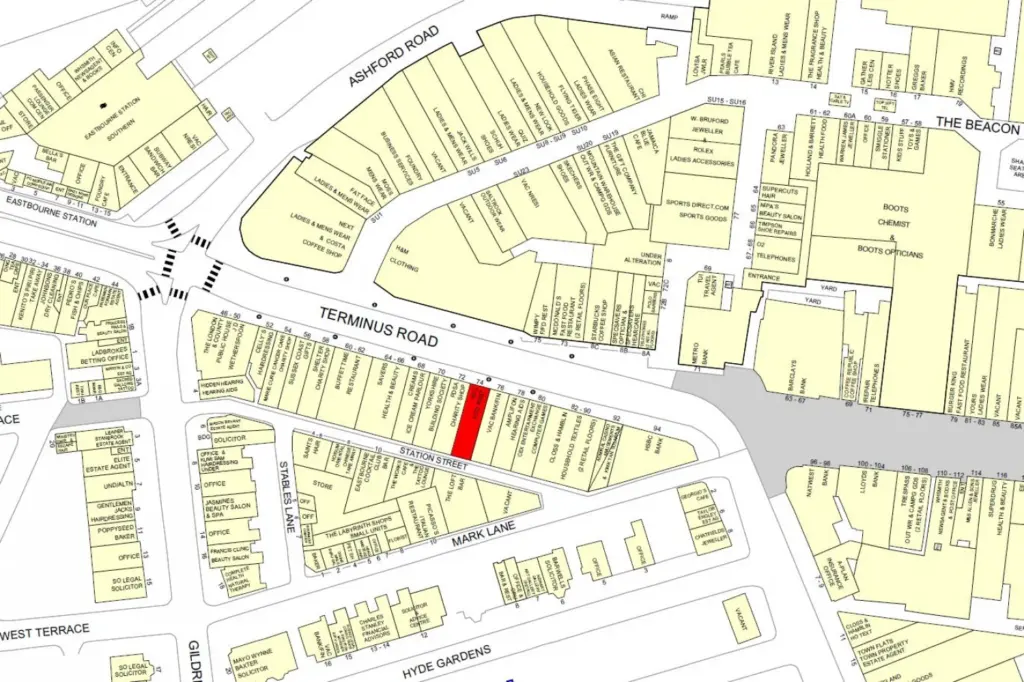
In the end all of his work was absolutely worth it and in combination with what id done the end result was genuinely incredible and got some amazing reactions from the compass and ESCG team when we showed them.
The final product
I have missed out countless hours of the development process for this project. It was immensely challenging and Dexter and I had to work on it pretty much non-stop to get it done in the required timeframe to a standard which we were happy with.
However I think in the end it was definitely all worth it as the end result really speaks for itself. Working on this project was an incredible experience and we were able to produce some really impressive results considering the circumstances.
Thank you to the Compass Arts Team for the opportunity and thank you to ESCG for facilitating us and helping throughout the whole process. Definitely a special thanks to Marcus Abel and David Clarke from ESCG Eastbourne as without their constant support this project would not have been finished in time. Finally thank you to the year 1 and 2 students from ESCG who helped us with photography and assembling the scenery.
